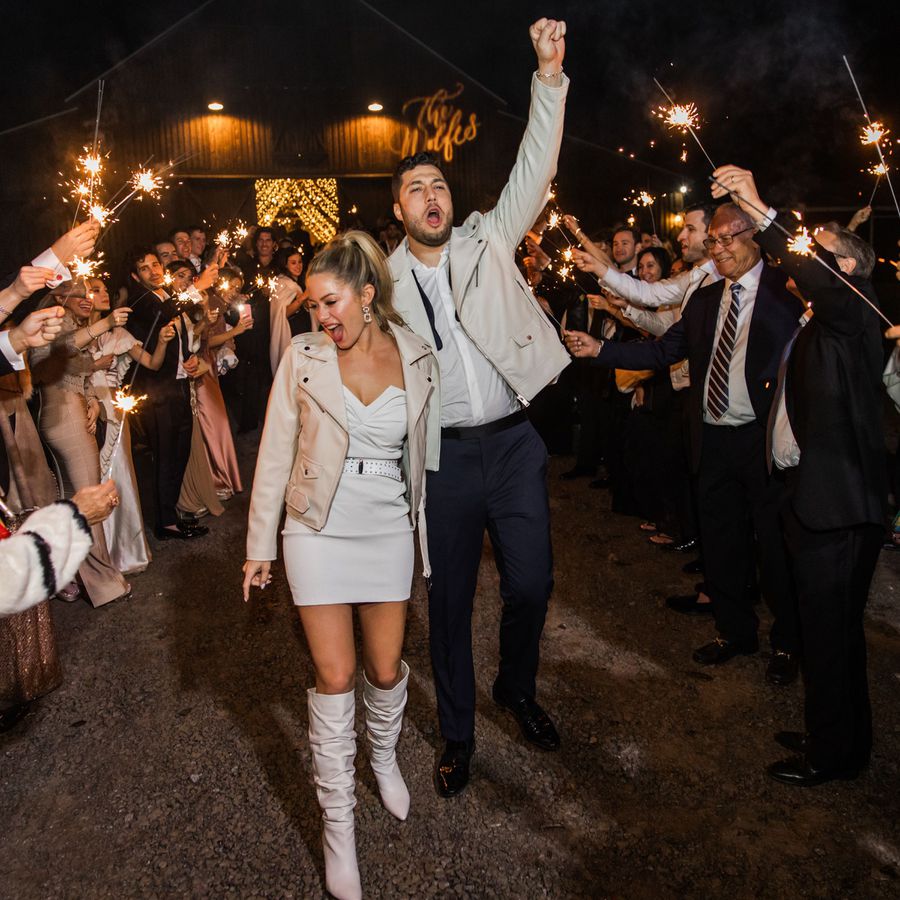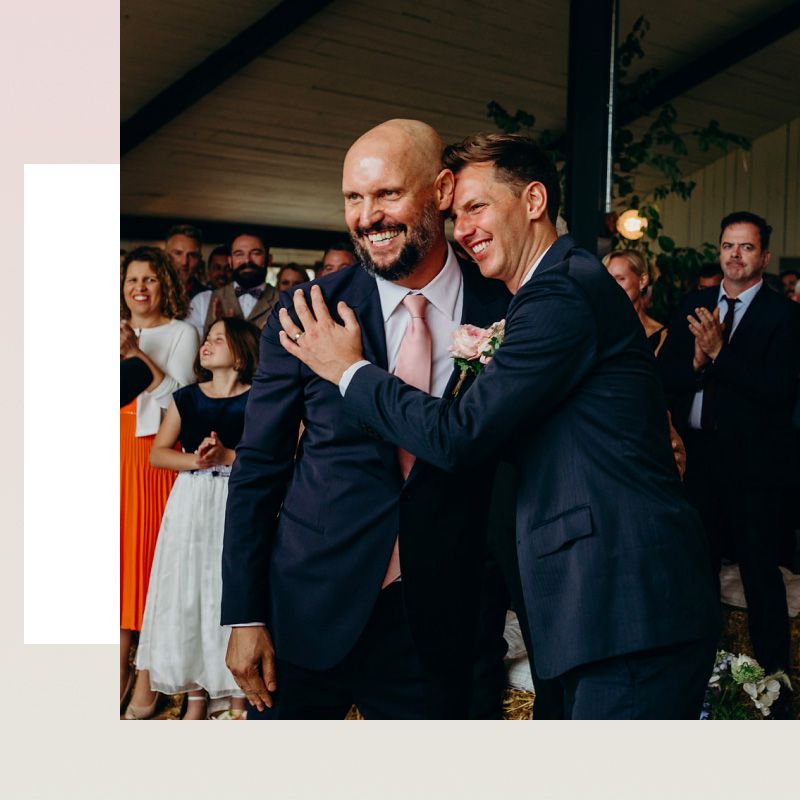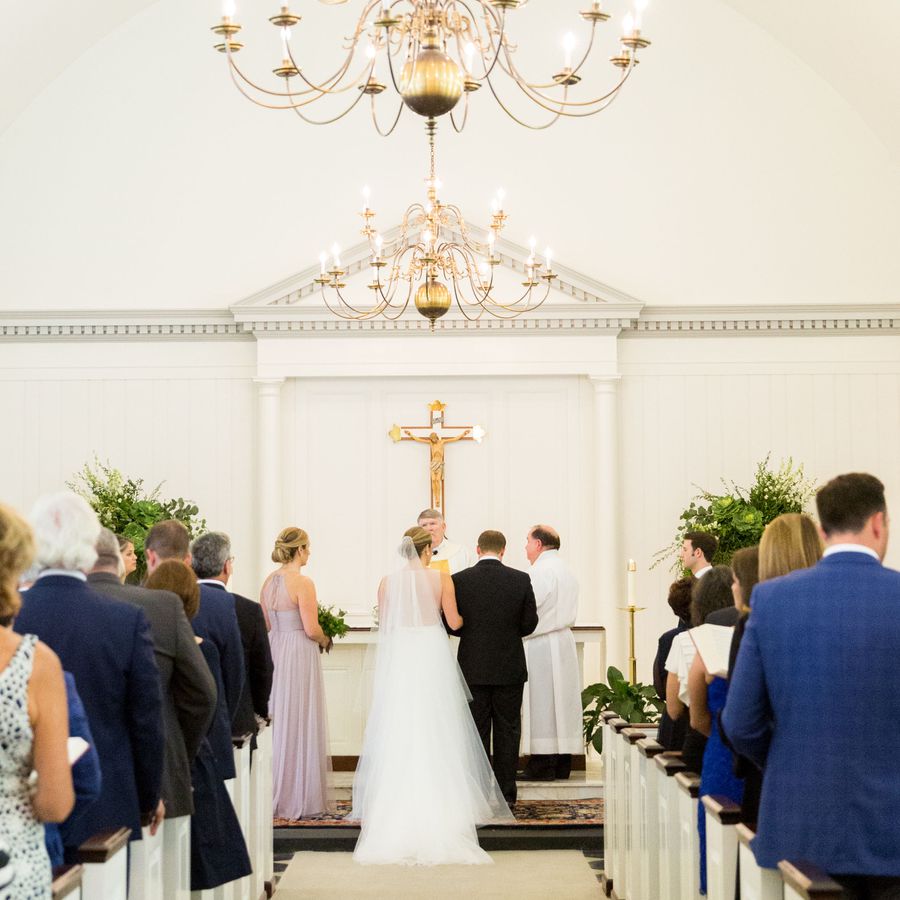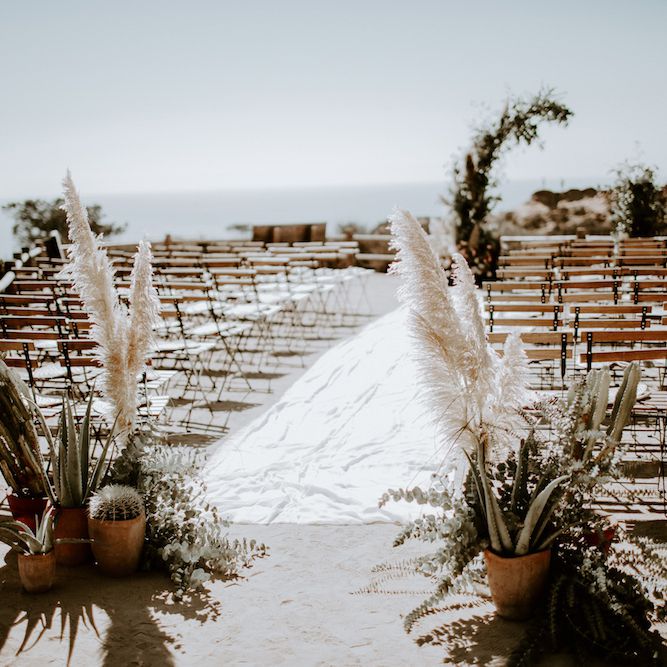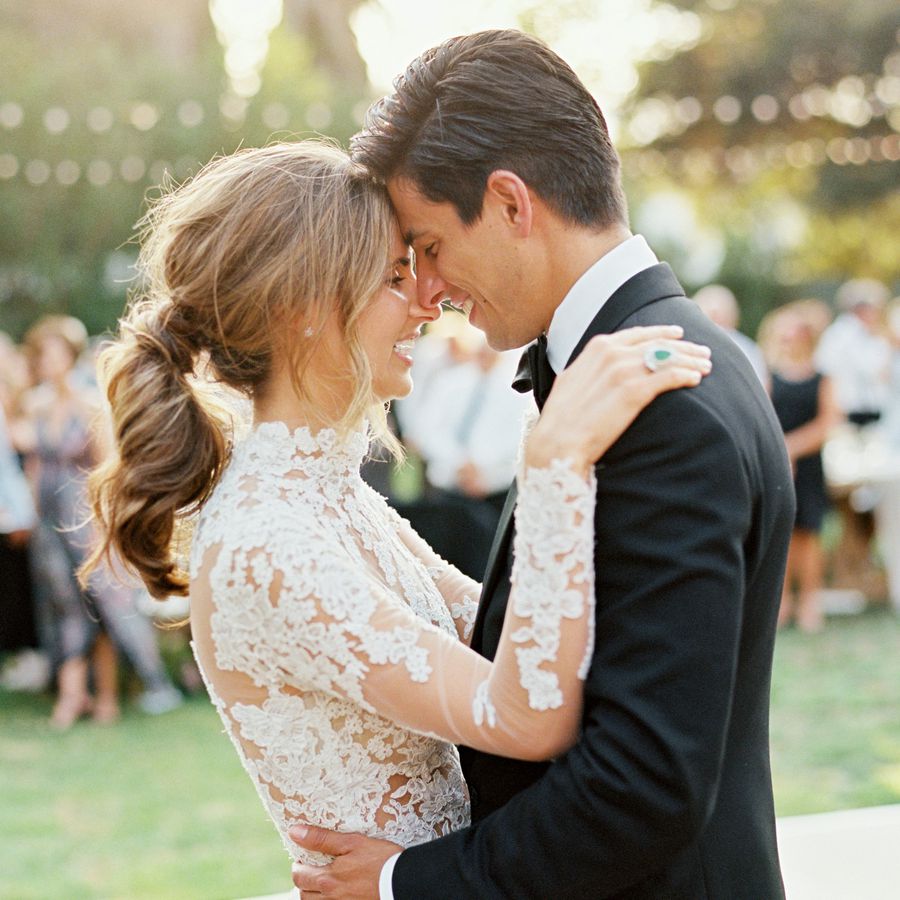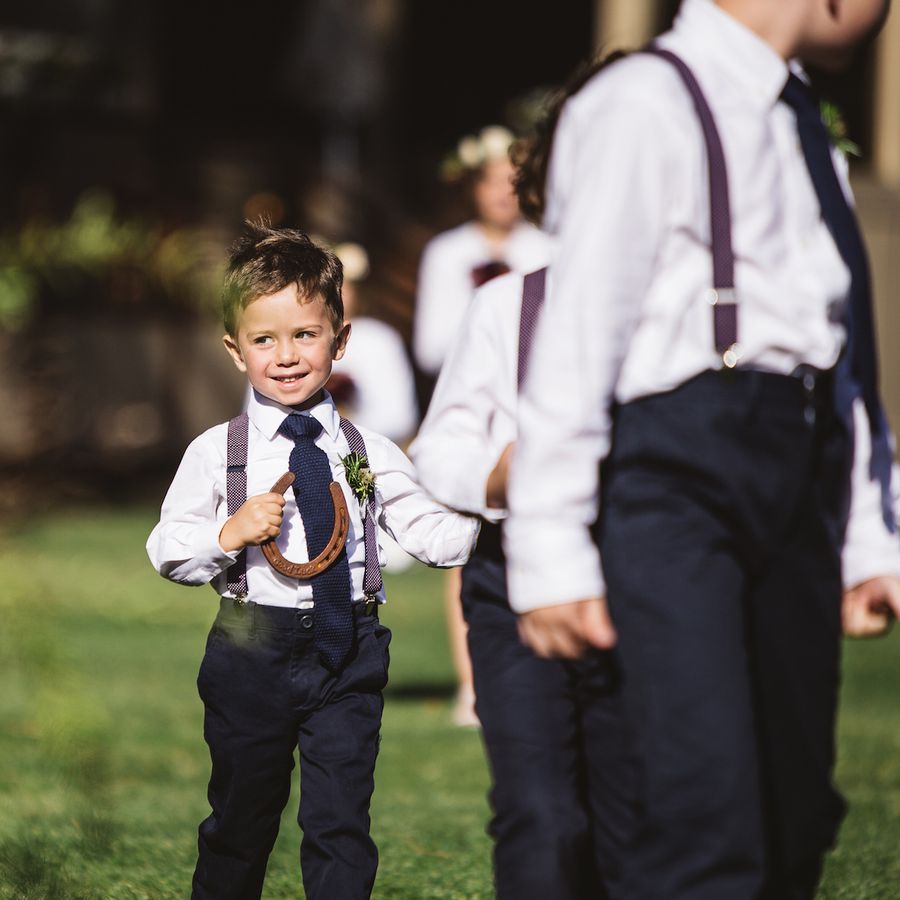:max_bytes(150000):strip_icc()/sq-3b77da1669fb4c52bdabea87e450c897.jpg)
PHOTO BY MONICA LEGGIO
A tradition that originated in Ireland, ring warming ceremonies—during which the wedding bands are passed around to all guests in attendance—are now practiced at weddings all over the world. Upon receiving the rings, guests “warm” them up with a prayer, good wishes, or positive intentions for the couple's future together before passing them on to the next person.
Wedding rings are a visible symbol of a couple’s commitment to one another. The ring warming ceremony turns the two pieces of metal into a sacred gift blessed by the couple’s loved ones that they may carry with them into marriage. “This is a simple yet heartwarming ceremony and many couples like to feel that their rings hold the loving thoughts of everyone who has shared their wedding day,” says expert Jane Arnold.
Meet the Expert
Jane Arnold is an independent celebrant and public speaker based in the United Kingdom.
If you’re thinking of a unique way to make guests feel included in your wedding, consider incorporating a ring warming ceremony into the special day.
How to Incorporate a Ring Warming Ceremony Into Your Wedding
There are a few ways to execute this tradition. If your goal is to have each of your guests “warm” up the ring, then consider placing the rings in a prominent box or container at your ceremony’s venue, allowing each person to participate in warming up the rings for a few short moments before taking their seats.
If you want the ring warming held during the ceremony, keep it more intimate and designate someone like the best man or officiant to pass the ring around to your families and wedding parties before you and your partner exchange vows.
“When returned to the couple, their rings are warmed by everyone’s loving touch,” says Arnold. “I often have a unique little cushion made with the rings attached to it by ribbons which is a lovely keepsake from the day. It is also important for people to have a chance to include a private prayer if the ceremony is a non-religious one.”
Ring Warming Ceremony FAQs
Still have questions about including the heartfelt tradition in your wedding? We've got all the answers below.
When does the ring warming ceremony take place?
The ring warming can take place at any time during the wedding ceremony before the couple says their vows.
Who is involved in the ring warming ceremony?
The couple chooses who they want to warm up their rings. They can involve each guest or keep it simple and just include their family and wedding party. The officiant typically leads the ring warming ceremony. “I oversee the ceremony and explain to everyone the significance of what is happening and how happy my couple is to be receiving everyone’s love in such a tangible way,” Arnold says. “In some circumstances, the rings can be taken to a close family member who can’t attend the wedding—especially if due to ill health—to be warmed before the ceremony. This can be mentioned by [the officiant] so that everyone knows they have taken a part in the wedding.”
The person designated to oversee the ring warming ceremony is usually a member of the wedding party or the officiant. This person’s responsibilities include:
- Keeping the rings safe and secure at all times
- Passing the rings around to each guest
- Returning the rings back to the couple prior to saying their vows
How long is the ring warming ceremony?
The ring warming, if included in the wedding ceremony, should take no longer than a few minutes. Each person should hold each ring while making a wish or saying a prayer and pass it on to the person next to them. “The ceremony takes as long as it takes for the guests to send their good wishes into the rings,” says Arnold. “Because my ceremonies are relaxed affairs, I sometimes teasingly warn people not to take too long. If time is an essence then having the rings ‘warmed’ as people arrive is a good idea. Sometimes I let children pass around the cushion or box when everyone is seated but before the ceremony starts, so everyone has something to do whilst waiting. It is a lovely way of including children too.”
